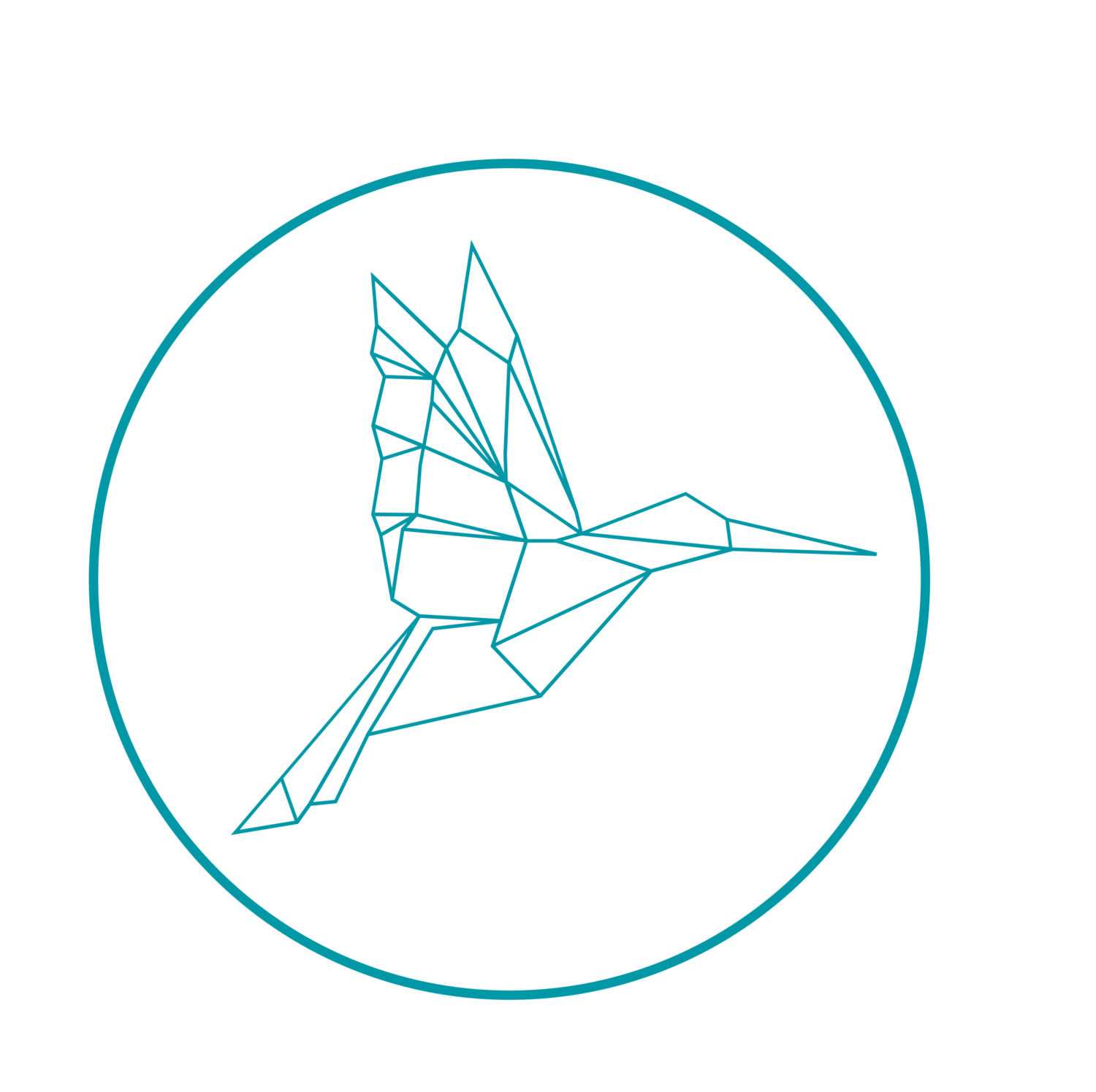calculus
Calculus is only offered in Grade 12, and is also known as Math 31. This course is usually taken after Math 30, but can be taken concurrently. Below are the units and their descriptions, from the provincial curriculum, that the student will cover in each course.
We offer tutoring in Calculus for all units.
- Pre-Calculus and Limits
- Reinforcement and extension of algebraic and trigonometric skills.
- Derivatives and Derivative Theorems
- Finding derivatives of algebraic and trigonometric functions and determining equations of tangents at specific points.
- Proof of derivatives, using first principles.
- Use of implicit differentiation to find derivatives of certain algebraic and trigonometric relations.
- Applications and Derivatives
- Systematic sketches of graphs of polynomial, rational, algebraic, and trigonometric functions of one variable.
- Maximum-minimum and related rate problems in economic and geometric contexts.
- Constructing rate models, and problem solving based on models constructed.
- Integrals, Integral Theorems and Applications
- Finding the anti-derivatives of the simplest rational, algebraic, and trigonometric functions.
- Use of anti-derivatives to find the area under a curve.
- Use of the connection between derivatives and integrals to relate displacement, velocity, and acceleration.
- Geometric representations of the properties of anti-derivatives, definite integrals, and the fundamental theorem of calculus.
- Calculus of Exponential and Logarithmic Functions (Elective)
- Symbolically and graphically representing, differentiating, and integrating exponential and logarithmic functions.
- Solving of problems given the modelling equation.
- Construction of equations to model a situation with given parameters.
- Numerical Methods (Elective)
- Computer numerical approximations for limits, equation roots, and definite integrals.
- Evaluation of the reliability of a numerical procedure and communicate the results of the evaluation.
- Volumes of Revolution (Elective)
- Finding volumes of revolutions of the graphs of simple polynomial and trigonometric functions using the "disc" method.
- Relation of this method to that of finding the area between the graph of a function and the x-axis by the limit of a Reimann sum.
- Applications of Calculus to Physical Sciences and Engineering (Elective)
- Construction of differential equation models for simple physical science and engineering situations.
- Applications of Calculus to Biological Sciences (Elective)
- Construction of differential equation models for simple biological situations.
- Applications of Calculus to Business and Economics (Elective)
- Analysis of an economic model based on the need to maximize revenue and profit while minimizing cost.
- Calculus Theorems (Elective)
- Illustration of the differences between intuitive proofs and rigorous proofs.
- Construction of a counterexample to a hypothesis, and rigorous proofs on the simpler limit, derivative, or integral theorems.
- Further Methods of Integration (Elective)
- Recognition of which particular method of integration is needed.
- Use and combination of these methods in appropriately evaluating with indefinite and definite integrals.
